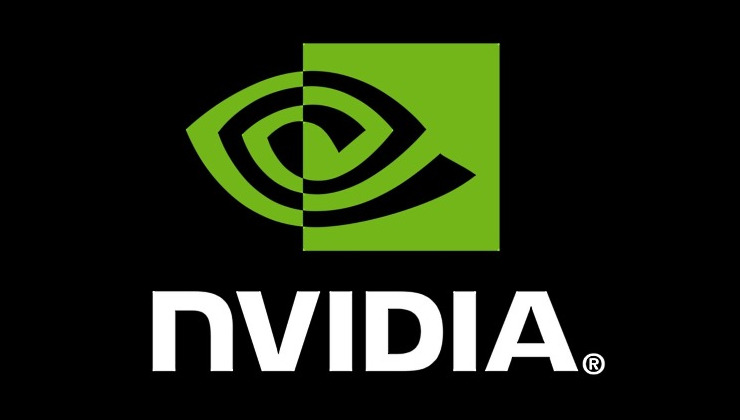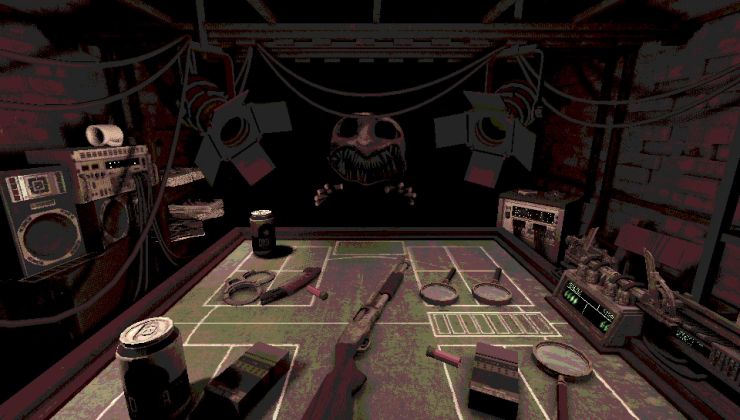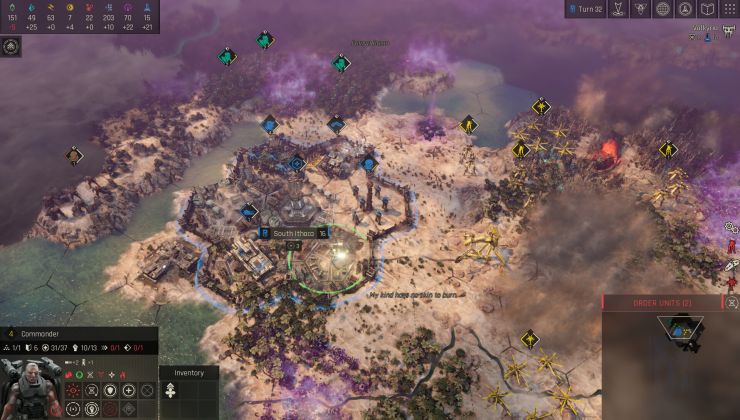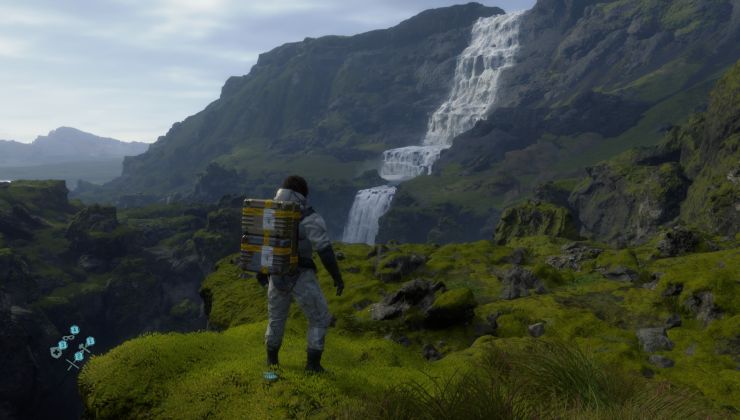Return to Part 1: Dumpster Diving
Continued from Part 11: Forgotten Heresies
In 1998 developer Raven Software acquired the rights to Soldier of Fortune to make a video game inspired by the mercenary magazine of the same name. The plan was to make a realistic tactical shooter, with consultant John Mullins brought in to add both his insights and likeness to the project. The final result he described as "emblematic" of the real world experience, which is a generous way of putting it. Where the controversy laid was in the game's violence.
Soldier of Fortune was the first game to feature the GHOUL system, allowing for the depiction of damage to specific parts of the body, with your enemies reacting in graphic over the top ways. More pacific players might opt to instead just shoot the weapon from their hands, which is also made possible by GHOUL, but with your mission objectives often tied to eliminating all opponents on a map, such mercies are made just a block to your progress.
A more salient discussion could have been had on the plot of Soldier of Fortune, steeped as it is in the doctrines of western military interventionism. It is hard to take a detached view of your actions in the game when they are taking place within the context of what were then contemporary conflicts. No matter where you stand on these issues, I think we can all agree that the cutscene where Mullins deferentially walks in on Saddam Hussein is more than a little surreal today.
Unlike with Heretic II installing Soldier of Fortune off the CD-ROM was a breeze, with the Loki Update tool patching the game all the way up to the Gold Edition. Detail textures proved to be broken with this version of my graphics drivers, and like with Heretic II the dynamic lighting had a significant impact on the frame rate. With those disabled the actual reported frames per second was not far off what I saw on Windows 98, but the game still felt smoother from there.
Feeling this I went ahead and turned down all the scalability settings in the menu for a little extra speed, with the exception of specular lighting as having it off made certain objects appear black. Setting the "gl_gentextures_broken" console variable to "1" is also supposed to fix texture issues on Linux. From there I selected a custom difficulty setting, allowing for unlimted carrying capacity and saved games, but cranking the enemy toughness up to Aggressive.
Anything lower than that and your opponents tend to be pushovers, with the exception of the armour piercing snipers and mounted turret guns, which are both overpowered and too often hidden in fog no matter the difficulty. The first Siberian level is the worst for this, with the Al-Fahad oil refinery also getting a dishonourable mention. I experienced a couple hard locks at the start of the Kosovo Hanger level as well, but other than that the game remained stable.
Stable though is not the same as bug free. I managed to break an elevator forcing a reload at one point, and while fighting the final boss I somehow convinced Dekker to stop pursuing me, allowing me to snipe him at my leisure. The music also started to skip as if it were being played on a record player. That final area in general was a pain, with the liberal amounts of Order soldiers using Microwave Pulse Guns slowing the game to a crawl.
While those are the most esoteric weapons found in the game, they are all fun to use and have applications in different situations. Some are better at piercing armour, some are better at taking enemies out at a distance, while others deliver more of a punch up close. My only real complaint is that Mullins throws grenades straight without any kind of arc, causing them to often be more lethal to me than any of the opposition.
In many ways Soldier of Fortune was ahead of its time, bearing a closer resemblance to the military shooters that would come to dominate in the decade after its release. The game teaches you to lean from cover while fighting what are for the most part human hitscan wielding enemies, all while battling through a mostly linear and highly scripted campaign. Given that Raven Software is now a close partner of Infinity Ward, it perhaps was a sign of things to come.
Every 3D accelerated game I have covered so far has used some variation of the Quake engine, being made by either Raven Software or by id Software themselves. This has meant I have been playing on friendly ground, as id Software were always a booster of OpenGL, which on Linux is the only graphics API supported by my Rage 128 Pro card. I think it is time to move into more hostile territory, and play a game that was very much optimized for Glide instead.
Carrying on in Part 13: Looks Almost Unreal
Return to Part 1: Dumpster Diving
Quoting: HamishThere was a mod for Blood II: The Chosen called "Limbloss" that functioned in much the same way but was a lot less elaborate.Just as a little expansion on this, the Limbloss mod like so many others for Blood II was actually about restoring a feature cut during the game's tortured development:
- Complex death scene system allows players to blow off limbs and body parts dynamically adding infinite variety to the already tons of death scenes that will exist.
Sounds very much like what GHOUL actually delivered a few years later.
Last edited by Hamish on 20 March 2022 at 6:49 am UTC







See more from me